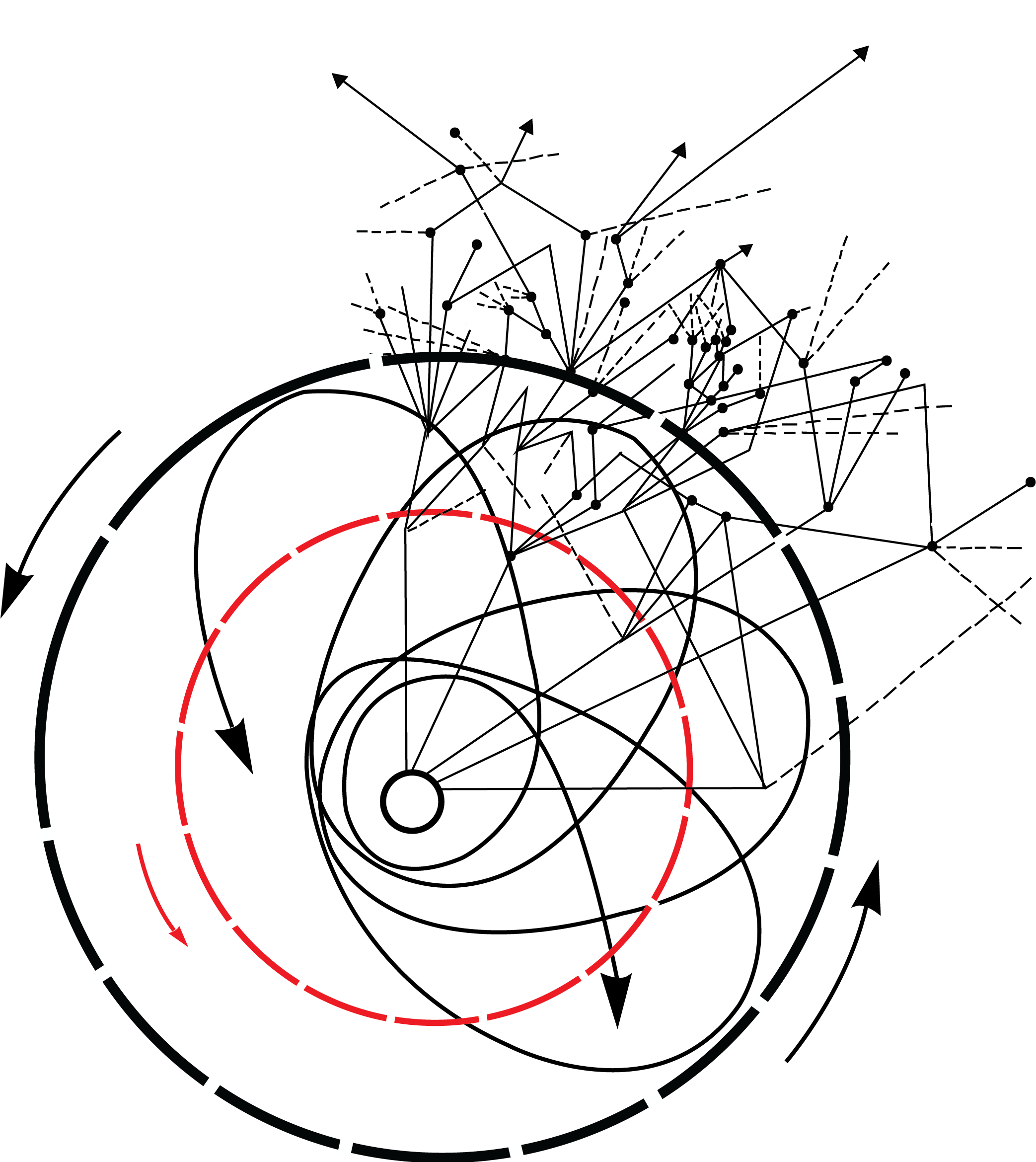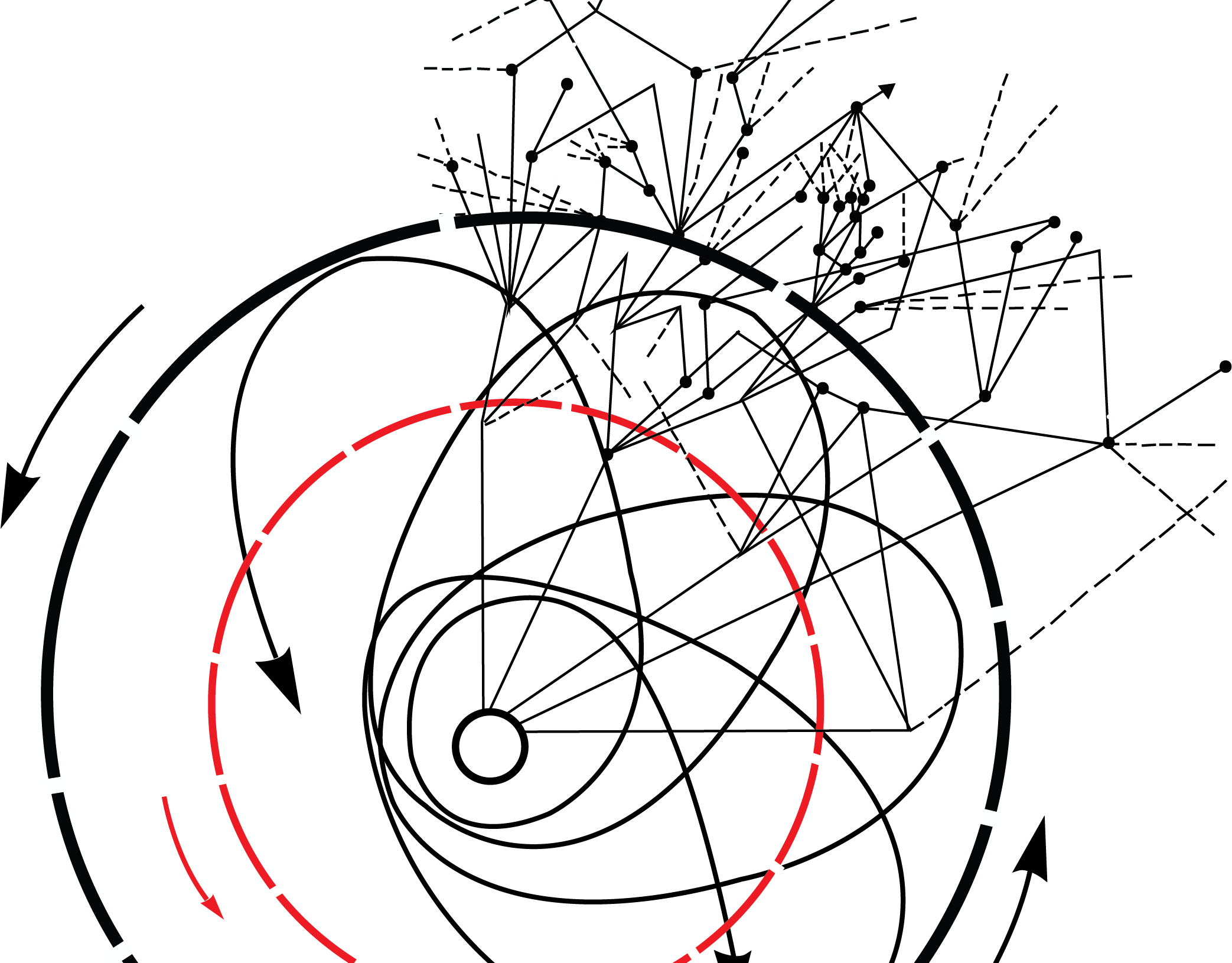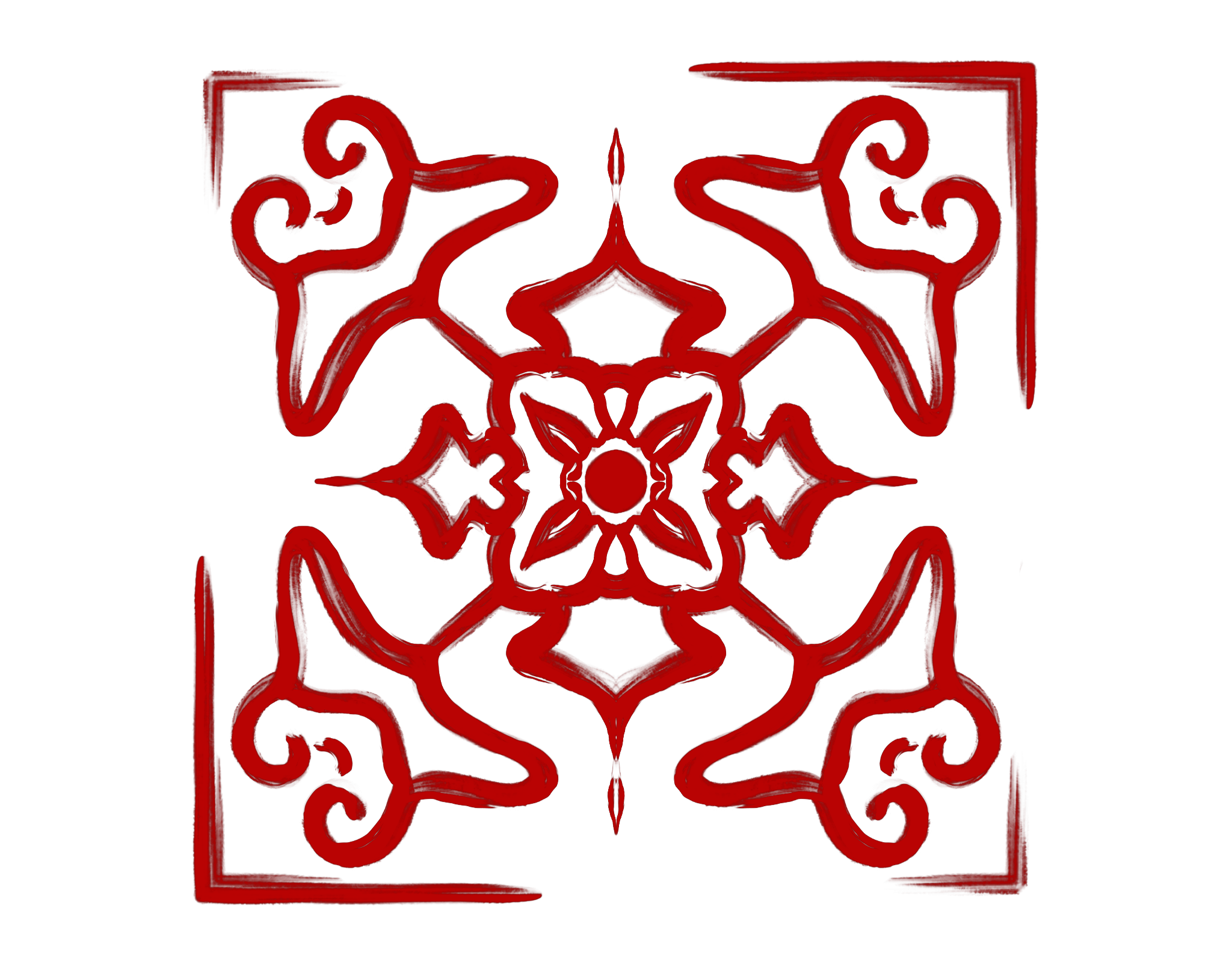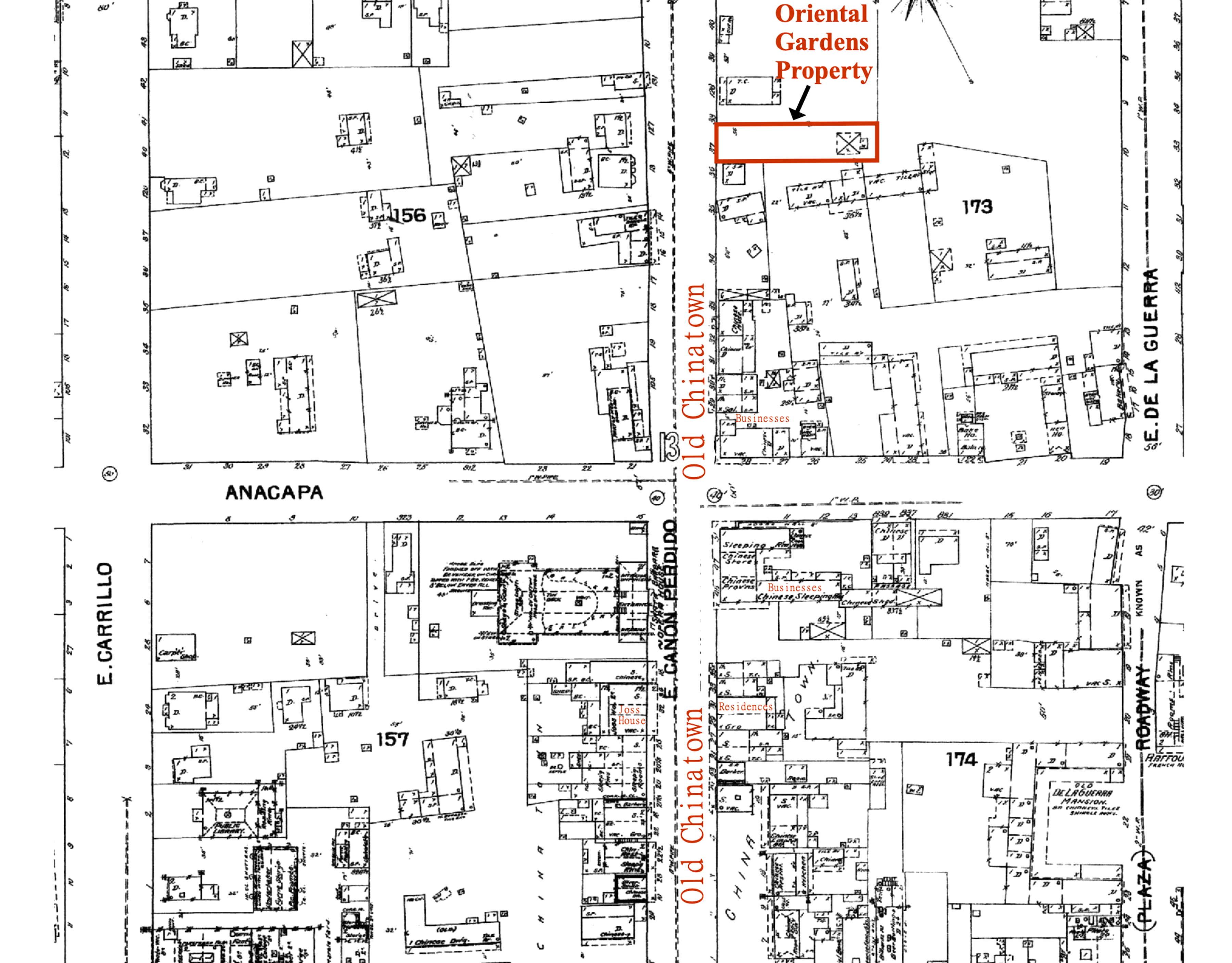Before the rubble of the 1925 Santa Barbara earthquake, there were many cultural spaces throughout the city, including the Old Chinatown.
In 1925, a violent earthquake struck Santa Barbara, destroying 85% of commercial buildings. Following the destruction, the Plans and Planning Committee elected to redesign the town in a cohesive Spanish colonial architectural style. Neighborhoods were quickly gentrified, as many of the families in Chinatown were bought out of their houses.
Creator Unknown. [Earthquake Damage], [Hotel Californian], The California Hotel whose façade was completely destroyed and torn away by the 1925 earthquake. (prc_11762). PNC 1.1.3. Presidio Neighborhood Photograph Collection. Presidio Research Center, Santa Barbara, CA.
Berti, Richard B. [El Presidio Building] Street view of Presidio Restaurant and patio with people dining. (prc_00036). PNC 1.1.3.Presidio Neighborhood Photograph Collection. Presidio Research Center, Santa Barbara, CA.
Today, the white adobe and red tile roofs around Santa Barbara replaced the city’s original cultural spaces. There is little public memory of Santa Barbara’s Chinatown and information on its erasure.
“The streets were dotted with the Hop Sing Tong Association, Bing Kong Tong Association, grocery stores, restaurants, laundry, herbal store, general merchandise stores, and cigar stores. Children attended Lincoln Elementary School, Santa Barbara Junior High School, and Santa Barbara High School. They learned Sze Yup dialect at Chinese language school. They played at the Chinese clubhouse. They were involved with the Boy Scouts and Girl Scouts. They did odd jobs. On Sunday, they attended the Chinese mission at the First Presbyterian Church.”
– Ella Yee Quan, a Santa Barbara native, recalled the life in New Chinatown during the 1930s to 1940s
https://gumsaanjournal.com/resisting-racism-we-are-in-this-together/a-lost-chinatown-at-santa-barbara/
Jimmy’s Oriental Garden was the longest-lasting Chinese-owned business from Santa Barbara’s Chinatown, last owned by Tommy Chung. The Chung family operated the restaurant for sixty years, moving locations three times under the pressure of white real-estate owners, namely Elmer Whittaker, who wanted to expand the Santa Barbara commercial center to attract consumerism and tourism. The restaurant was an important cultural space; Jimmy Chung’s impact on the community was great. After Jimmy Chung retired, the building was bought by the Santa Barbara Trust for Historic Preservation and turned into the Pickle Room, a bar that serves Asian-inspired small bites and drinks.
William Dewey. View of Jimmy's Oriental Gardens restaurant from the street, with three parked cars at 125 East Canon Perdido Street. (prc_00030) PNC 1.1.4. Presidio Neighborhood Photograph Collection. Presidio Research Center, Santa Barbara, CA.
Jimmy’s Oriental Garden can be seen as a microcosm of the overall gentrification that had and is still taking place in Santa Barbara till this day, ridding the city of its previously diverse communities and cultures.










